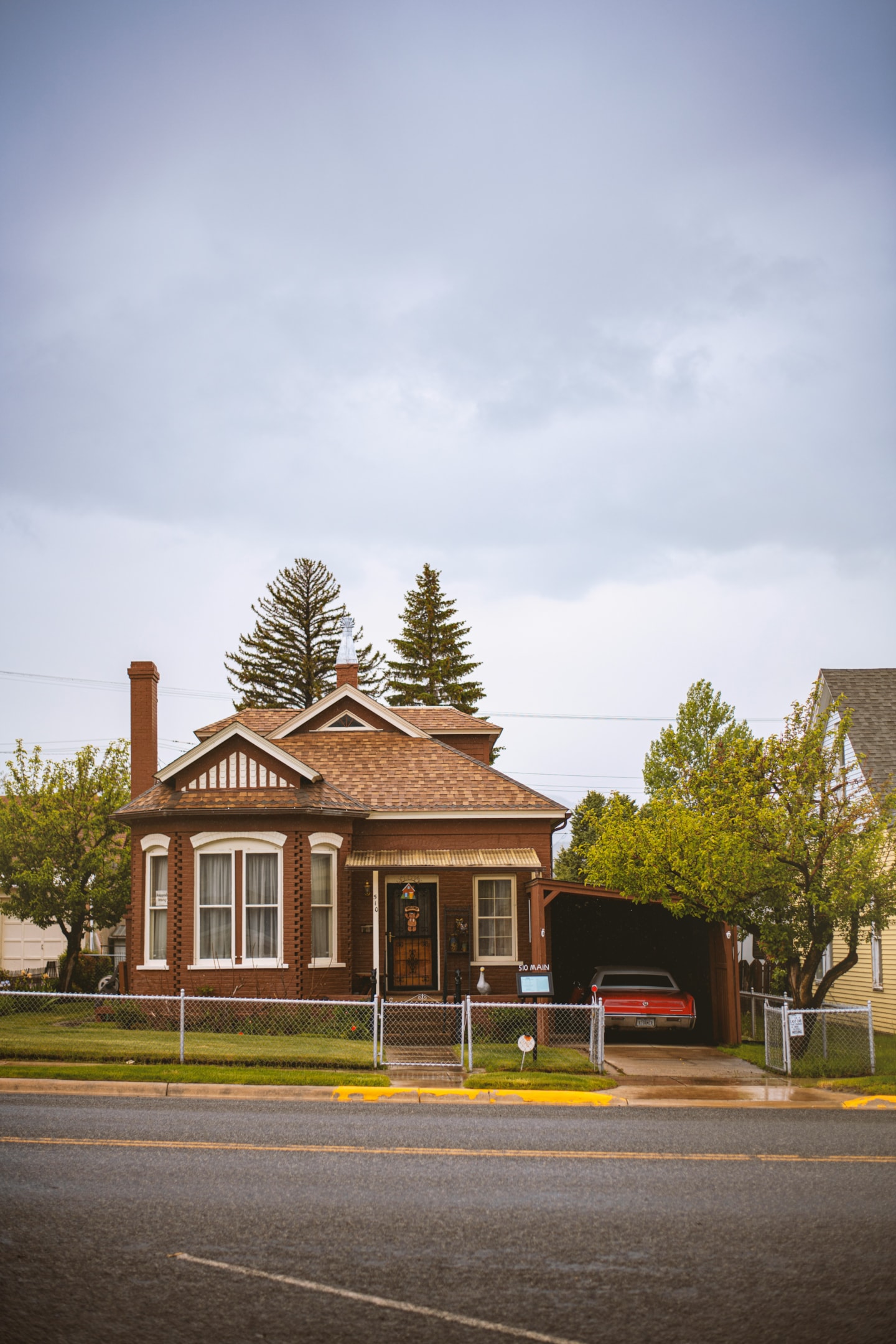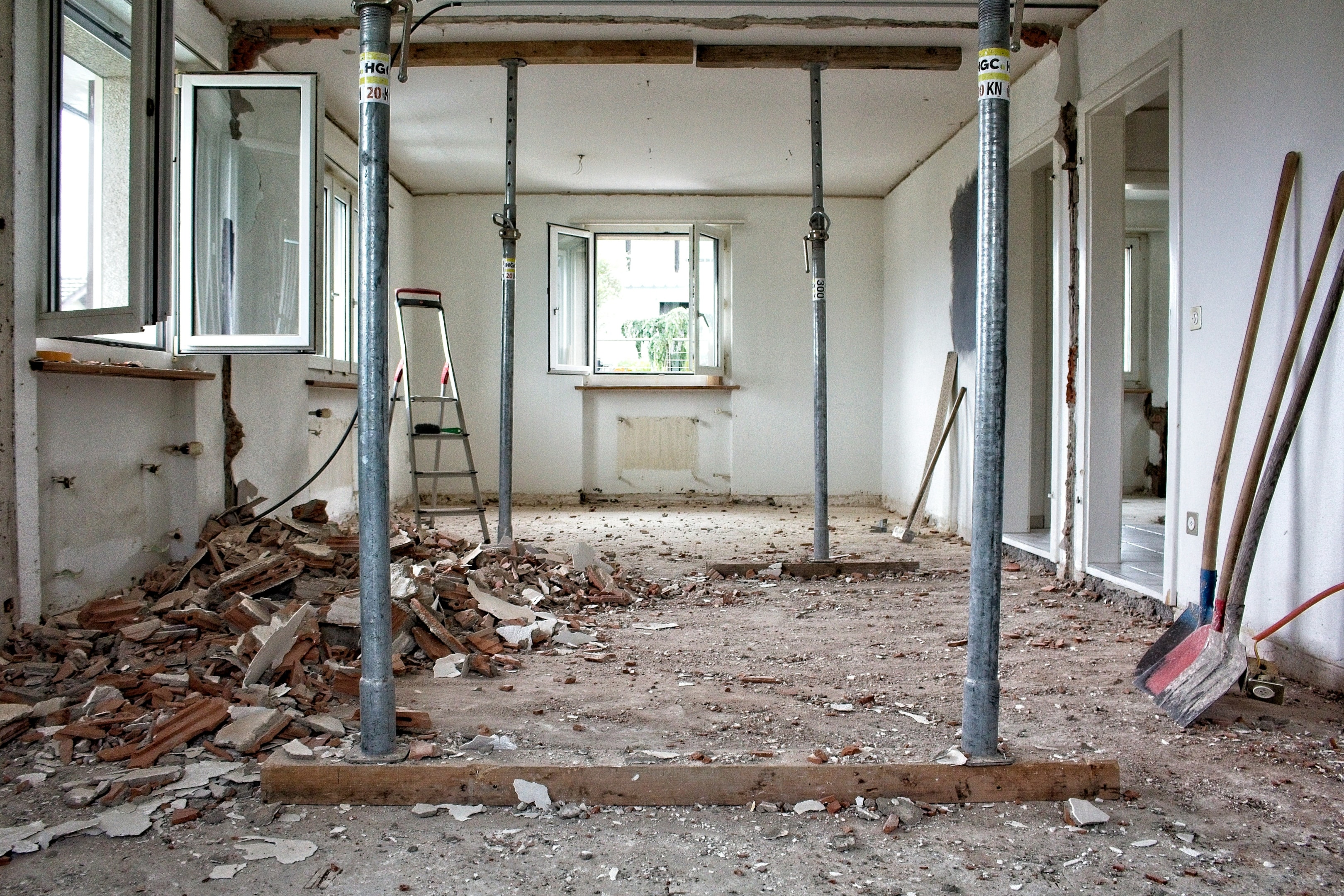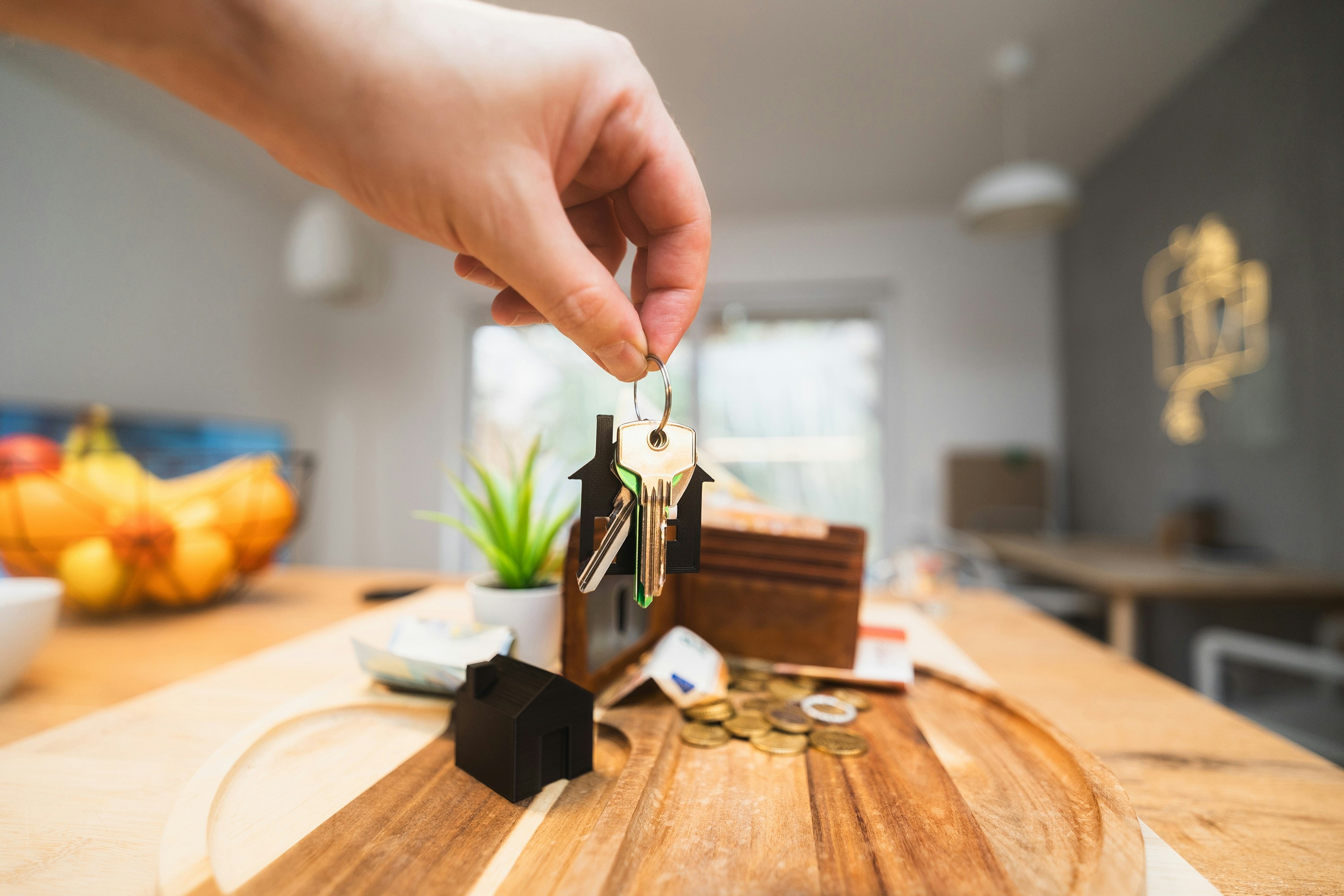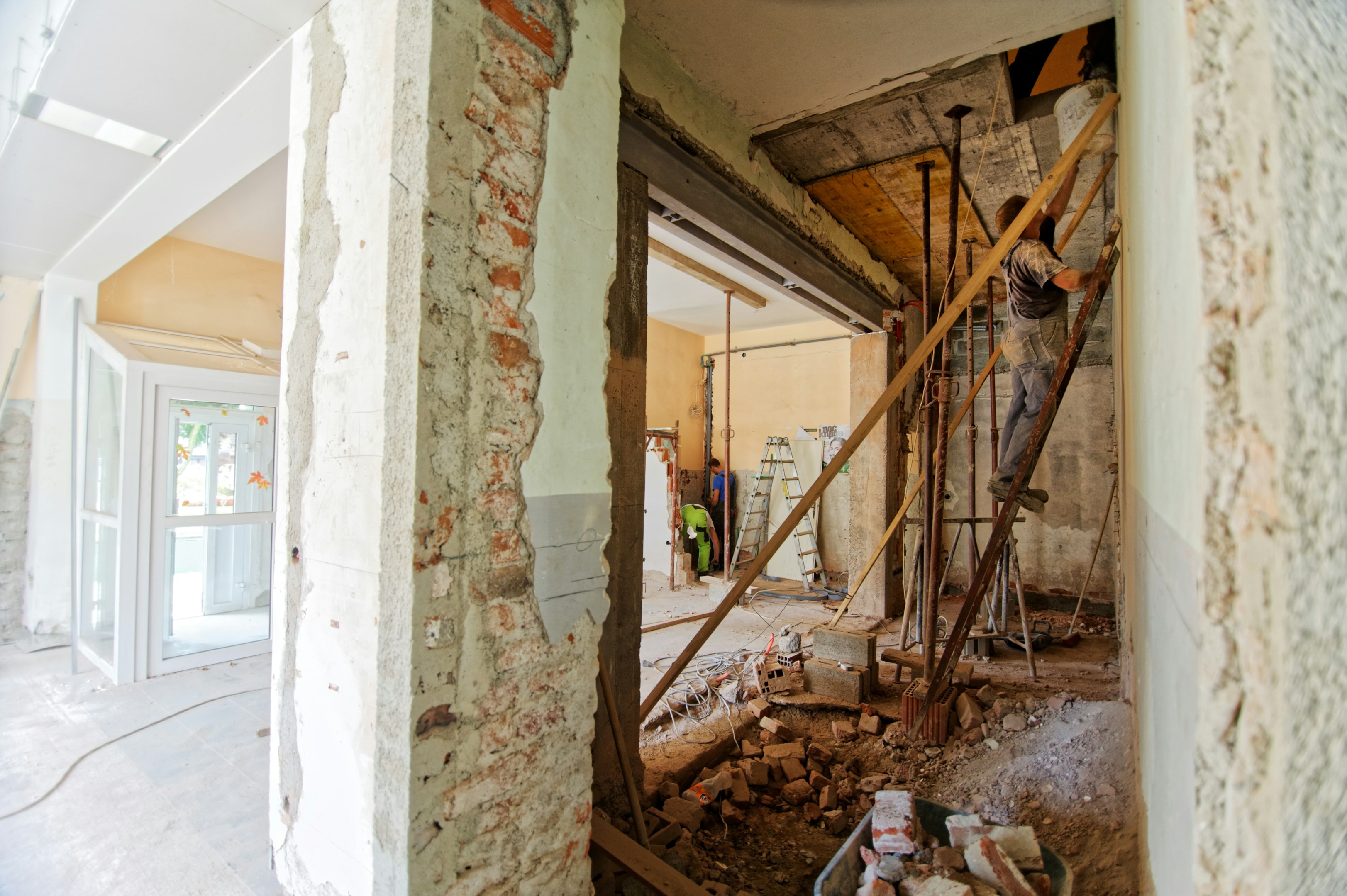Flipping Houses in Historic Neighborhoods: The Investor's Blueprint for High-Return Renovations
Introduction
Ever walked into a century-old home and felt its history come alive through original woodwork, vintage tiles, and ornate moldings? Flipping houses in historic neighborhoods means restoring that unique charm and character, then profiting from it. This guide provides everything you need to confidently find, renovate, and succeed in flipping homes within historic districts.

Why Historic Neighborhoods Are a Hidden Goldmine
Built-In Demand from Emotionally-Driven Buyers
Buyers fall in love with historic homes emotionally—before they even consider the price. These homes are nostalgic and unique. Millennials and Gen Xers in particular crave character, which gives you an edge if your flip preserves the soul of the structure. The historic charm of these homes is a major draw for emotionally-driven buyers, who are attracted to original details and the sense of history they provide.
Scarcity = Higher ROI
You can always build new houses—but you can't replicate a home built in 1890 with original stained glass. Historic homes are in limited supply, especially in neighborhoods protected by zoning laws or preservation codes. That rarity increases resale value and desirability. The scarcity of historic housing in these neighborhoods makes them especially attractive to both buyers and investors.
Understanding Historic Designation (Before You Buy)
National Register vs Local Historic Districts
Not all "historic" homes are created equal. Both national and local designations apply to historic properties, affecting how these properties can be renovated or altered. Some are listed on the National Register of Historic Places, while others fall under local historic districts. National designation offers prestige and potential tax credits but is less restrictive. Local designation usually means more control over renovations.
What This Means for Permits and Renovations
Renovating in a historic district often requires additional approval from a Historic Preservation Commission (HPC) and strict adherence to historic preservation guidelines. Common restrictions include:
Window styles
Exterior paint colors
Roofing materials
Porch railing design
Skipping this process could result in fines or the requirement to undo completed work—yikes.

Pros of Flipping in Historic Areas
You Can Sell for a Premium
Well-restored historic homes often sell 20%–50% higher than comparable non-historic homes. Effective selling strategies, such as professional staging and marketing, are crucial to maximize the resale value of historic homes. Buyers will pay extra for character, walkable neighborhoods, and quality craftsmanship.
Access to Preservation Incentives
States and local municipalities often offer historic tax credits, low-interest loans, or restoration grants—especially for owner-occupants. Some investors partner with homeowners to take advantage of these programs while sharing renovation costs. Access to these resources, such as financial capital and professional support, can make historic renovation projects more feasible and profitable for investors.
Community Pride and Buyer Loyalty
Buyers who purchase in historic areas often stay longer. Understanding the motivations and preferences of potential buyers in historic neighborhoods allows investors to tailor renovations and marketing strategies to better appeal to this audience. They appreciate their home's legacy and are less likely to renegotiate the price after inspections—because they expect quirks!
Cons of Flipping in Historic Areas
Renovations Are More Expensive
Modern building materials often don't match the original elements. For example, restoring antique windows can cost 2–3x more than new vinyl options. And those gorgeous hardwood floors? Expect to refinish, not replace. It's important to budget for repair work on original features, as repairs in historic homes are often more complex and costly than in newer properties.
More Red Tape = Slower Timeline
Approval from the local HPC can take weeks or months, delaying your flip. Every exterior change—even a mailbox—may need review. You must also comply with local building codes, which can add further complexity and time to the renovation process. This adds holding costs and project risk.
Risk of Over-Improvement
If the neighborhood doesn't support your post-renovation price point, you could sink money into a house that won't appraise. Always study recent comps and ARVs before committing. Additionally, analyze current market trends—such as housing inventory, sale prices, and sales velocity—to ensure your renovation aligns with buyer demand and price expectations.

What Buyers Love About Historic Homes
Genuine Architecture & Craftsmanship
Crown molding hand-cut in 1904. Original fireplace tile. Leaded glass windows. These are design features you can't buy at Home Depot, and they create an emotional pull for the buyer. Original hardwood floors are also highly prized, as they preserve the home's historic character and add to its authentic charm.
Established, Walkable Communities
Historic neighborhoods tend to be closer to downtown cores, parks, or waterfronts. Buyers love the walkability, mature trees, and strong community feel.
Storytelling and Connection
When a home has a history—say, the town's first doctor lived there—it becomes more than just four walls. It's a legacy, and that sells. Owning a historical home allows buyers to become part of the property's ongoing story, preserving its original character while adding their own chapter.
How to Choose the Right Property
Check for Major Structural Issues
Old homes can hide big-ticket surprises:
Foundation cracks
Old knob-and-tube wiring
Galvanized plumbing
Asbestos or lead paint
Get a thorough inspection and budget for surprises. Don't assume "charming" equals "move-in ready." Be sure to account for potentially extensive repairs when estimating your renovation costs, as repairs can significantly impact your overall budget and the profitability of your historic flip.
Look for Restorable Original Features
Homes with intact trim, hardwood floors, pocket doors, and brick fireplaces are more profitable because you can restore instead of rebuild. Maintaining these original features not only maximizes your profit but also preserves the historic integrity of the property.
Study the Neighborhood's Ceiling Price
Even the most beautiful restoration won't sell if it's priced well above the area's max comps, so it's essential to stay within 10–15% of neighborhood highs unless the home is truly one-of-a-kind. Securing a good deal on the purchase price is crucial to ensure your investment remains profitable, especially in a competitive market.

Navigating Historic Guidelines Like a Pro
Start with the Historic Commission
Don't guess. Book a pre-application meeting with the HPC to get guidance on what you can and can't do. Consider consulting with your local historical society as well, as they may offer additional insights or resources for your renovation. Come with sketches or inspiration photos—they help.
Use Period-Appropriate Materials
Even when replacing broken railings or windows, it's crucial to match the original materials to comply with historic district regulations. Specialized suppliers offer replica wood trim, handmade tile, and brass hardware to help maintain the home's authentic appearance while adhering to preservation guidelines.
Document Everything
Take before photos. Keep detailed receipts. If you apply for tax credits later, this documentation will be required—and could save you thousands. Maintain a detailed account of all renovation expenses and related documentation to ensure accurate records for future reference and compliance.
Smart Renovations for Historic Homes
Update Systems Quietly
Modernize plumbing, electrical, and HVAC—but tuck it away. Use crawlspaces, basements, and soffits to hide new work without disturbing aesthetics. Improving energy efficiency through these updates can lower utility costs and make the home more attractive to eco-conscious buyers.
Preserve Where Possible
That worn banister? Refinish it. The faded wallpaper? Frame a piece of it as artwork. Buyers respect authenticity over perfection. Integrating modern updates thoughtfully can enhance the home's functionality while preserving its historic character.
Make Energy Upgrades Discreet
Add insulation in the attic.
Use low-E storm windows over originals.
Install a tankless water heater in the basement.
Make sure all renovations and energy upgrades are complete before listing the property to maximize its appeal and value. You'll save your buyer on future utility costs—without sacrificing beauty.

Financing Tips for Historic Flips
203(k) and Fannie Mae Homestyle Loans
These allow investors or buyers to roll renovation costs into one mortgage. Some restrictions apply, but they're worth exploring for homes in need of major rehab. With these financing options, investors can confidently invest in historic properties that require significant renovation, making it easier to pursue projects with strong potential for value appreciation.
Hard Money + Local Grants = Power Combo
Use hard money for speed, then apply local preservation grants to reduce net costs. Cities like Chicago, Boston, and Atlanta offer these programs. Partnering with other investors can also help pool resources and share risks, making it easier to finance larger historic renovation projects.
Build a Team That Knows Old Homes
General Contractors with Preservation Experience
They'll know how to work with historic boards, source materials, and preserve detail. Successful flippers often rely on contractors with proven track records in historic renovations to ensure quality and compliance. Don't hire someone who says, "Let's gut it."
Designers and Architects Who Understand the Era
Whether it's Colonial, Victorian, or Tudor—designers who honor the home's roots will elevate your flip. Careful planning with designers and architects ensures that renovations respect the home's original character while meeting modern needs.
A Real Estate Agent Who Specializes in Historic Homes
They'll market your flip to the right buyer, tell the home's story, and help it sell faster and for more. Building relationships with local real estate agents can provide valuable market insights and help you identify the best opportunities for flipping historic homes.
Marketing: Sell the Story, Not Just the Specs
Highlight the Restoration Journey
Share "before and after" photos. Frame original blueprints if available. Use the home's name or year in your listing title ("The Marlow House - Est. 1925"). Invite potential buyers to explore the unique history and transformation of the home, showcasing the journey from its original state to its beautifully restored condition.
Stage for the Dream Buyer
Use period-appropriate furniture with modern touches. Play soft jazz during showings. Light candles or fireplaces to create ambiance. Stage the home to appeal to the potential buyer who values both historic character and modern comfort.
Tap Into the Local Community
List with local historic preservation Facebook groups, email lists, and neighborhood associations. They often have buyers waiting for restored gems. Seek advice from local preservation groups to enhance your marketing efforts and better connect with potential buyers.

Final Thoughts
Flipping homes in historic neighborhoods offers unique opportunities and challenges. The main takeaways are that success requires patience, vision, and respect for a home's character. When you honor a home's past, preserve its soul, and bring it into the present, buyers notice—and they pay for it. This niche isn't for everyone. But if it's for you? It's pure magic.